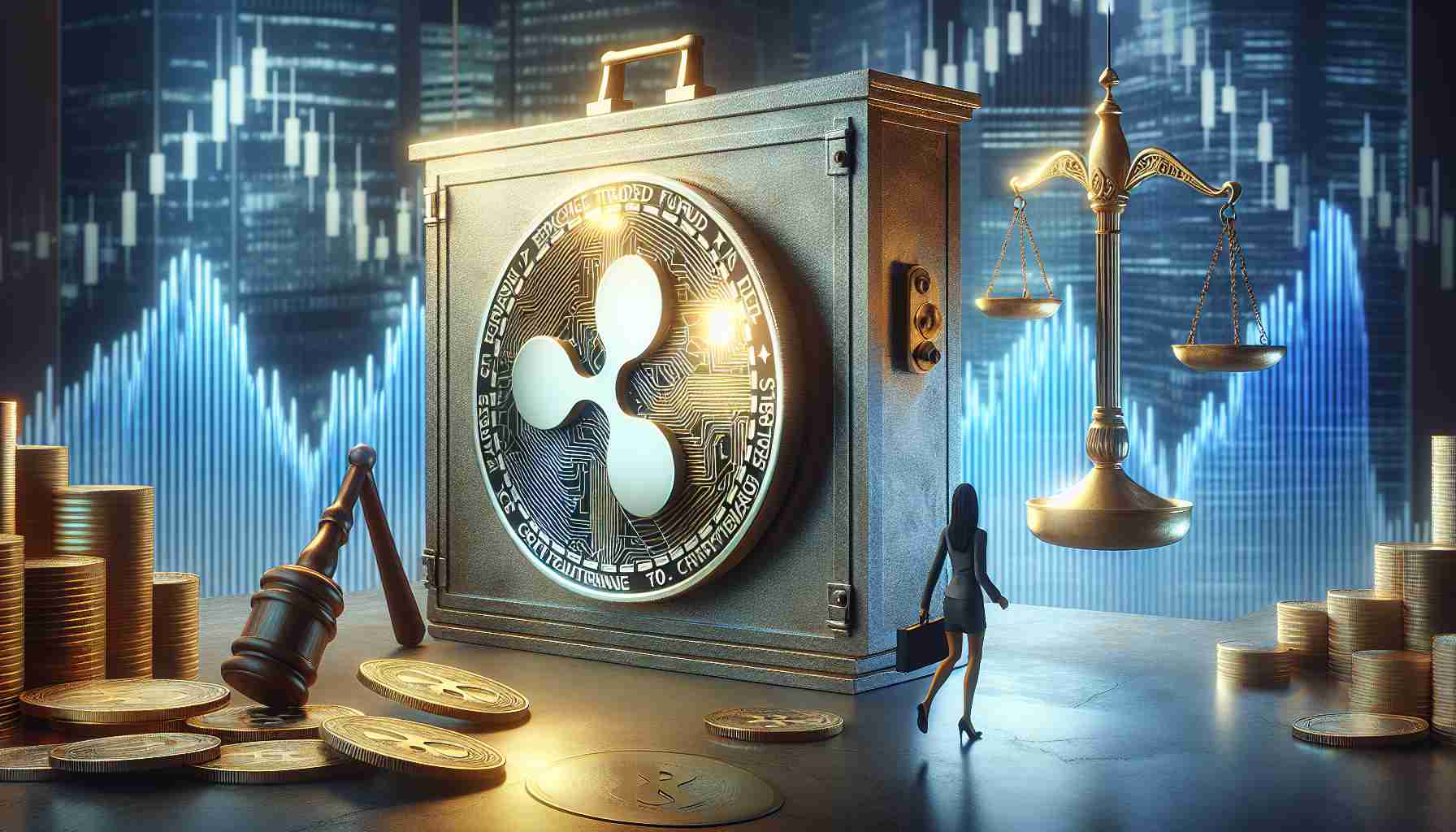Envisioning a More Efficient Crypto Landscape with Ripple’s RLUSD
Ripple is energizing its position in the cryptocurrency sphere with the promise of a groundbreaking stablecoin named RLUSD. Monica Long, Ripple’s president, has unveiled plans that will arguably transform the payment process for Ripple’s broad network of banking clients and facilitate more efficient currency transactions, particularly in the USD to EUR corridor.
Long’s insights spotlight the heightened prospects for an Exchange-Traded Fund (ETF) based on Ripple’s native token, XRF. Given the token’s steadfast position within the top ten cryptocurrencies and its diverse applications, an ETF would likely seduce a vast array of investors.
The move toward introducing the RLUSD stablecoin was propelled by Ripple’s victory in achieving a legal nod from U.S. authorities, who confirmed XRP as a commodity. This clarification has provided Ripple with the impetus to further develop its fairway in the U.S. markets.
Following the recent Twitter insight shared by Collin Brown, the cryptocurrency community is abuzz with the potential growth and accessibility that an XRF ETF would contribute to the market. Ripple’s dual initiative, with both the ETF and the RLUSD, is expected to have a substantial impact on the market. This is based on current data from CoinMarketCap which shows Ripple (XRP) trading in a dynamic pattern with recent slight upticks in value. These planned expansions are aimed at harnessing efficiency and stability in cryptocurrency operations, aligning with Ripple’s larger goal to forge a streamlined and cost-effective transactional experience.
The Anticipation for an XRP ETF
Anticipation for an XRP Exchange-Traded Fund (ETF) has been a topic of substantial interest within the cryptocurrency community. Essentially, an ETF would provide an investment vehicle allowing people to invest in XRP indirectly, simplifying the investment process and potentially attracting traditional investors who are looking for exposure to crypto assets without the need to engage directly with the digital asset markets. ETFs are known to offer liquidity and price transparency during trading hours on stock exchanges where they are listed.
One key question surrounding the potential XRF ETF is “What would an XRP ETF mean for the crypto industry and traditional markets?” An XRP ETF would represent a significant bridge between crypto and traditional investment vehicles, broadening the investment base for cryptocurrencies and providing a stamp of legitimacy often sought by institutional investors.
Challenges and Controversies
Controversies associated with the XRP ETF would likely stem from the legal and regulatory status of XRP itself. Considering Ripple has faced legal challenges from the U.S. Securities and Exchange Commission (SEC) regarding XRP’s status as a security, the outcome of these proceedings is critically important. If XRP were to be definitively classified as a commodity, as the article mentions, it would likely clear the way for an ETF. However, ongoing legal uncertainty is a key challenge Ripple faces.
Advantages and Disadvantages
The advantages of Ripple’s RLUSD stablecoin and an XRP ETF include:
– Enhanced stability: Stablecoins like RLUSD provide price stability, making them ideal for everyday transactions and mitigating volatility in cross-border payments.
– Broader investor appeal: An XRP ETF would open the market to a wider pool of investors, particularly those unfamiliar with the technicalities of owning and storing cryptocurrencies.
– Regulatory compliance: With U.S. authorities giving the green light, Ripple’s initiatives can operate within a clear regulatory framework, attracting more risk-averse clients and investors.
Disadvantages could involve:
– Regulatory changes: Positive regulatory status can shift if laws and regulatory attitudes change, affecting investor sentiment and market stability.
– Market risk: Like all investments, an XRP ETF would carry inherent market risks. While ETFs can offer diversification, the focus on a single digital asset could expose investors to concentrated risk.
– Technology dependence: Blockchain and crypto assets alike are heavily reliant on technology, which can pose cybersecurity risks that might impact the performance and security of both the stablecoin and the ETF.
For more information and updates on Ripple and their initiatives, you can visit their website with this link: Ripple.
It is important to remember that before making any investment decision, potential investors should conduct their own research and seek advice from financial professionals. The integration of RLUSD as a stablecoin and the introduction of an XRP ETF could offer significant benefits and efficiencies for the crypto landscape, but they both carry inherent risks that must be carefully evaluated.



